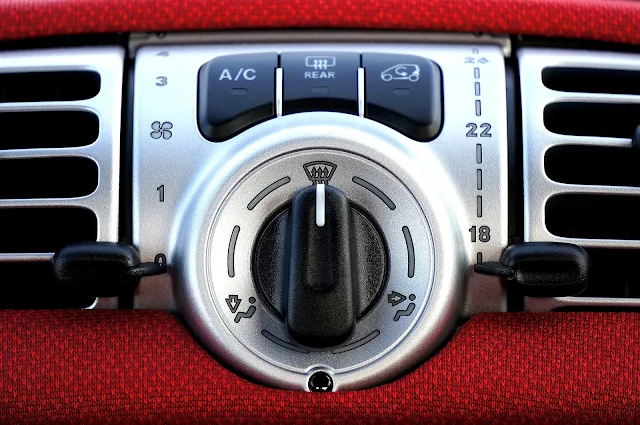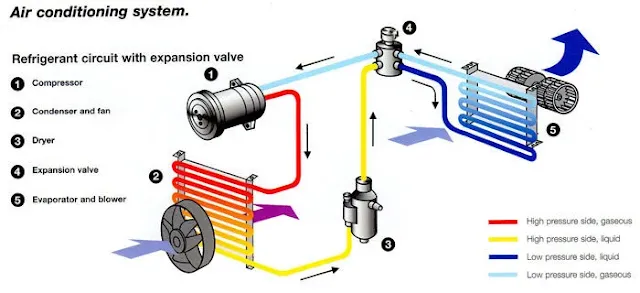How HVAC works in cars
How HVAC works in cars
HVAC stands for Heating, Ventilation, and Air Conditioning, and it is a system that is found in most cars on the road today. The system is responsible for providing comfortable cabin temperatures for passengers in all types of weather conditions. Here is a quick overview of how the HVAC system works in cars:
The HVAC system in a car is made up of several components, including a compressor, condenser, evaporator, and expansion valve. The compressor is powered by the engine and is responsible for circulating refrigerant through the system. The condenser is located near the front of the car and helps to cool the refrigerant as it passes through. The evaporator is located inside the cabin of the car and is responsible for absorbing heat from the air, which helps to keep the cabin cool. The expansion valve is located between the evaporator and the compressor and helps to regulate the flow of refrigerant in the system.
The HVAC system in a car works by circulating refrigerant through the system. The refrigerant picks up heat from the air inside the cabin of the car and then passes through the compressor. The compressor raises the pressure of the refrigerant and sends it through the condenser. The condenser helps to cool the refrigerant and then it passes through the expansion valve. The expansion valve regulates the flow of refrigerant and then it passes through the evaporator. The evaporator absorbs heat from the air inside the cabin of the car and then the refrigerant is circulated back through the system to start the process over again. The HVAC system in a car is a complex system, but it is responsible for providing comfortable cabin temperatures for passengers in all types of weather conditions. If you have any questions about how the HVAC system in your car works, be sure to consult your owner’s manual or speak with a qualified technician.
Thanks for reading.
Charles Nehme,
HVAC Global consultant and educator.
Services, books, courses, blog, vlog & much more.



%20connected%20to%20a%20central%20AI%20hub%20displ.webp)

Comments
Post a Comment